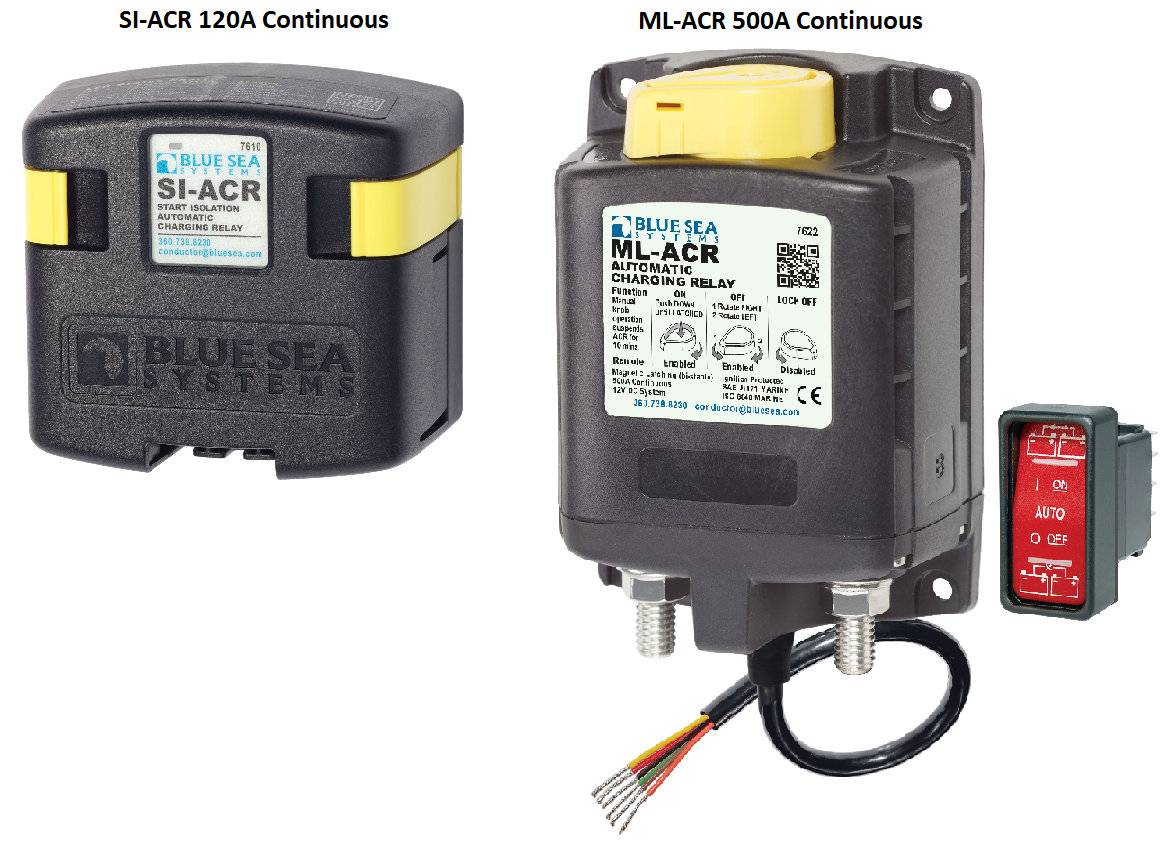I've been scratching my head on how to charge my batteries in my F550 shuttle bus. Planned set up is 4-600 amp hours of 6v golf cart batteries.
F550 has dual alternators that have the possibility to push a lot of amps, so the only ACR I could find was the ML series from Blue Sea that are good for 500 amps. However, it seems like the ACR will not fully charge batteries because it is not a smart battery charger.
I am considering two options. One, a small solar system that has a smart battery charging profile I like built in to the controller. Or two, an additional 10 or 20 amp dc to dc charger in addition to the ACR. But I can't find anybody that's done that before.
F550 has dual alternators that have the possibility to push a lot of amps, so the only ACR I could find was the ML series from Blue Sea that are good for 500 amps. However, it seems like the ACR will not fully charge batteries because it is not a smart battery charger.
I am considering two options. One, a small solar system that has a smart battery charging profile I like built in to the controller. Or two, an additional 10 or 20 amp dc to dc charger in addition to the ACR. But I can't find anybody that's done that before.

